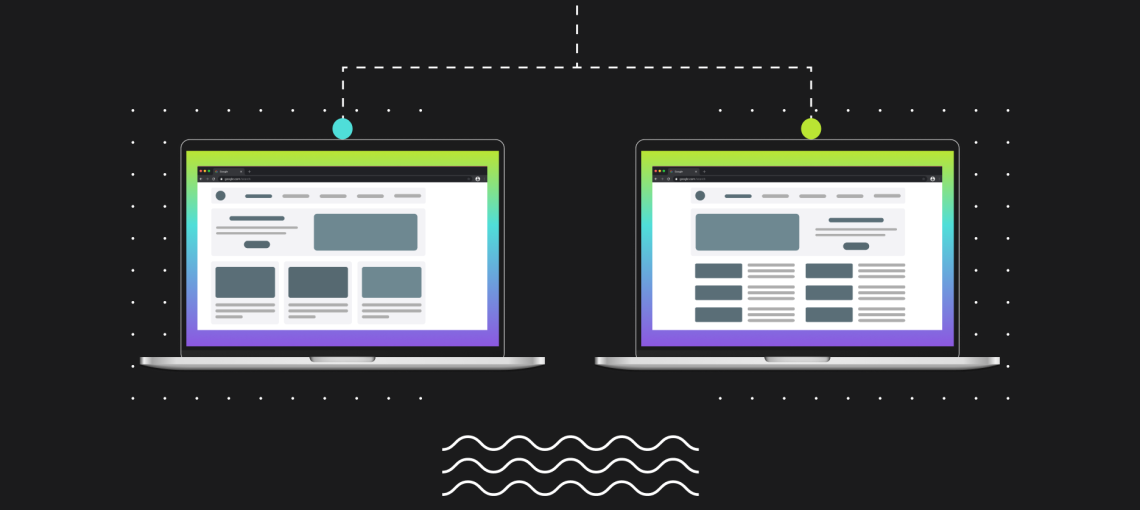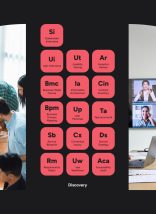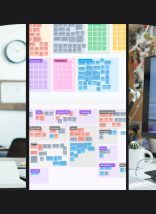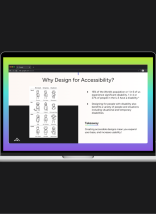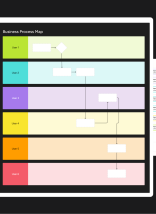Disjointed user experiences are a widespread marketing pain point, according to research conducted by Gartner. User testing is a powerful tool that can help businesses identify and rectify these disjointed UXs, enhancing website performance and ultimately leading to improved customer satisfaction and increased conversions.
“Siloed UX approaches based on traditional channel mentality are preventing organizations from delivering a seamless digital customer user experience to internal and external audiences,” said the company.
In the past, user testing was a complex process, and it often involved collecting volunteers into labs and using high-tech solutions such as eye-tracking cameras. These high-tech solutions, of course, had high costs to go along with them. Luckily, times have changed, and companies are now offering a new generation of usability testing solutions and strategies.
In Gartner’s report entitled, “Drive Seamless Digital Customer Experiences with Composable UX,” the company noted that a better strategy around customer data management and customer journey intelligence is needed to make composable UX attainable.
What is Composable UX?
Forbes has noted that composable UX helps businesses keep up with the lightning speed of change. It flexes as circumstances shift, allowing for the real-time assembly, combination, and orchestration of individual customer employee experience capabilities from a robust set of building blocks: product, marketplace, CX ecosystem, and development. It’s labeled as “composable” to differentiate it from the brittle, inflexible user experiences of the past.
Why Is User Testing So Important?
In order to serve your customers and enable your employees, you need to know what their needs are before you can begin to address them. (Guessing seldom works out for anyone.) User experience testing, of course, is the process of testing different aspects of the user experience to determine the best way for a solution, a website, or an app to interact with its core audience.
The following are some of the most critical processes that must be undertaken to engage in effective user testing:
Usability testing. This involves putting a website to the test to see if usability problems are stopping your users from reaching their goals.
Contextual inquiry. During this step, you’ll uncover opportunities for improvement by watching users interact with your sites and products.
Surveys. There is no substitute for asking users directly about their experiences, so in this stage, you’ll gather large-scale feedback from customers on the questions that you need answers to.
Tree testing. This is a way for you to visualize your user experiences (as a decision tree) to figure out where your navigation might be confusing for users.
Card sorting. Understand how users group your content by hearing straight from them how they think your topics should be organized.
Benchmarking. Learning from the best is still a great way to gain insight into the design of the user experience. Perform large-scale user testing to compare efficiency and effectiveness between different designs.
Consult a Professional Web Design and Development Company
If you’re in doubt, it’s worthwhile to turn to professionals to jump-start the user experience testing process.
Atlantic BT is an award-winning technology firm located in Raleigh, NC. We offer enterprise web design, IT consulting, software development, cybersecurity, and cloud technology to help clients easily manage, secure, and scale their core technologies. We combine full-service digital transformations with custom software development and technology solutions. Our awards stem from outstanding results in all aspects of digital, from UX design to modernizing applications. For more information on how we can help improve your website performance with user testing, contact us or call us at 919-518-0670.


